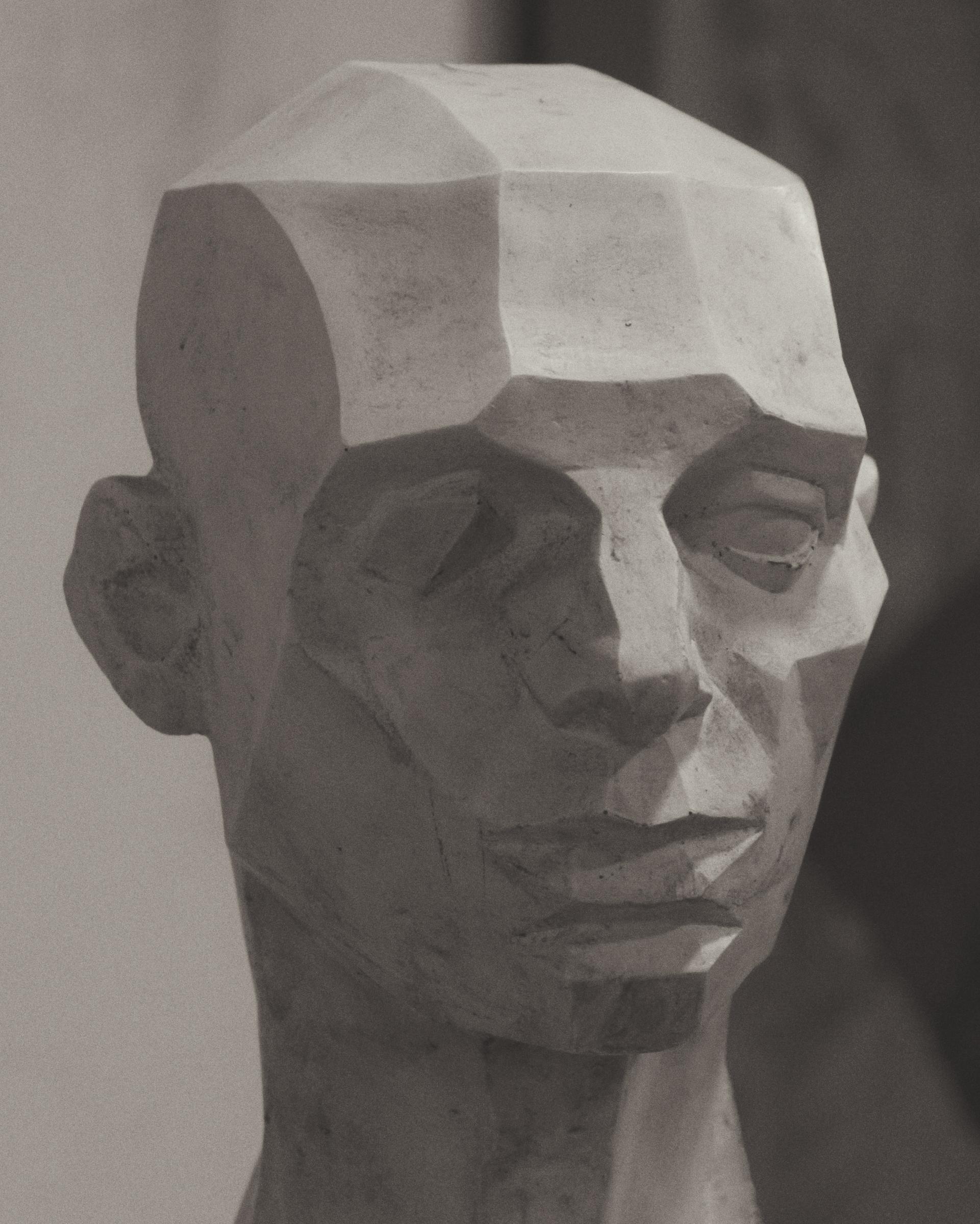The Arts

THE ARTS: DRAMA
Content Strands
- Explore and Express Ideas
- Drama Practices
- Present and Perform
- Respond and Interpret
Course Overview
In the Year 8 unit, students will be transported to the world of Theatre of The Absurd and its One Act Plays. Students will apply Absurdist conventions through stereotypical characterisation, playing with extreme dialogue through faced-paced monologues and non-linear plots. Students will also learn how to manipulate stagecraft elements through the area of set design, lighting, sound, make- up and costuming symbolically and to bring performances to life on stage. Students will write self -evaluations using various drama terminology.
Learning Focus
By the end of Level 8, students devise, interpret and perform drama. They manipulate the elements of drama, narrative and structure to control and communicate meaning. They apply different performance styles and conventions to convey status, relationships and intentions. They use performance skills, stagecraft and design elements to shape and focus relationships with an audience.
THE ARTS: VISUAL COMMUNICATION DESIGN
Content Strands
- Explore and Express Ideas
- Visual Communication Design Practices
- Present and Perform
- Respond and Interpret
Course Overview
Students will be encouraged to explore more diverse drawing techniques. Observational drawing will be used to develop both two and three-dimensional representations of objects. A focus on design elements will be used to enhance form and surface details. Knowledge and application of design elements and design principles will be used to explore as well as redesign existing visual communications. Students will also investigate a historical or contemporary product designs or designers. Overall, students will learn to develop design-thinking strategies and alternatives, through research, drawing and the use of appropriate conventions.
Learning Focus
By the end of Level 8, students identify and describe how designers use visual communication practices to respond to briefs in different historical, social and cultural contexts. They apply this knowledge in the development of their own visual communication practices.
Students select and use appropriate drawing conventions, methods, materials, media, design elements and design principles to create effective visual communications.
Students evaluate how they and others are affected and influenced by visual communications from different cultures, times and places. They identify and describe practices of visual communication designers in visual communications from different cultures, times and places. Students identify and analyse how the elements of drama are used, combined and manipulated in different styles, and apply this knowledge in drama they make and perform. They evaluate how they and drama practitioners from different cultures, times and locations communicate meaning and intent through drama.
THE ARTS: MUSIC
Content Strands
- Explore and Express Ideas
- Music Practices
- Present and Perform
- Respond and Interpret
Course Overview
In Year 8 Music students will choose a more advanced piece to study on either the piano, guitar, drums or vocals and ultimately perform as a class ensemble or in smaller ensembles. Students will compose a short melody with accompaniment employing basic song writing techniques using Garage Band. They will incorporate music terminology and symbols to recognise, describe and notate selected features of music. Students will continue to learn music theory and further develop aural skills. This will coincide with their practical study so they realise the connection of musicianship and how this helps with learning an instrument. This subject is designed to accommodate everyone from the non-enthusiast to those with musical training.
Learning Focus
By the end of Level 8, students manipulate the elements of music and stylistic conventions to improvise, compose and perform music. They use evidence from listening and analysis to interpret, rehearse and perform songs and instrumental pieces in unison and in parts, demonstrating technical and expressive skills. They use music terminology and symbols to recognise, describe and notate selected features of music.
Students identify and analyse how the elements of music are used in different styles and apply this knowledge in their performances and compositions. They evaluate musical choices they and others have made to communicate ideas and intentions as performers and composers of music from different cultures, times and locations.
THE ARTS: VISUAL ARTS
Content Strands
- Explore and Express Ideas
- Visual Arts Practices
- Present and Perform
- Respond and Interpret
Course Overview
Students will investigate a range of two and three-dimensional art practices. They will continue to develop their artistic skills by looking at other artist’s use of materials, techniques, technologies, processes and visual conventions. Student will learn to use a visual diary to communicate and document their ideas using the design process. By evaluating and identifying the best possible visual solution students will be able to express ideas and convey meaning in their artworks. Students will create a folio of artworks based on their investigation of particular artists and artistic styles. Students will also learn to identify and describe artworks from different cultures, times and places and how ideas are interpreted by audiences.
Learning Focus
By the end of Level 8, students identify, analyse and evaluate how other artists use materials, techniques, technologies, processes and visual conventions to express ideas and convey meaning.
Students plan and make their art works in response to exploration of techniques, technologies and processes used in the work of other artists. They demonstrate the use of materials, techniques, processes, visual conventions and technologies to express ideas and convey meaning in their artworks.
Students identify and describe artworks and exhibitions from different cultures, times and places and how ideas are interpreted by audiences.